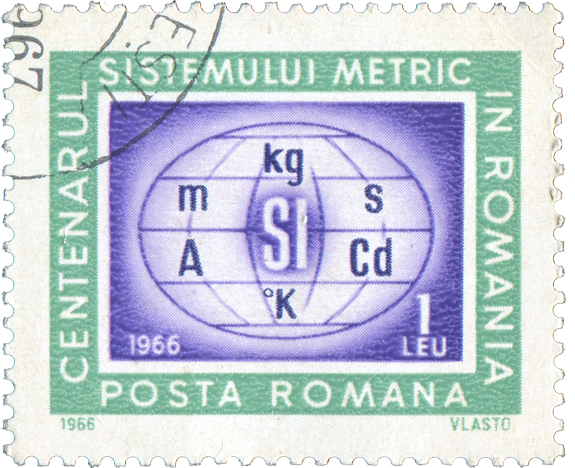I’ve been thinking for a while about using the metric system to weigh all the ingredients in my recipes. This is what many professional kitchens do, by the way. I long ago abandoned nonsensical cup measurements. I’ve made a reasonable effort to keep using ounces, but when it comes to spices and such, it just doesn’t make much sense. Teaspoons aren’t any more helpful, unless you’re using 1/16 increments.
From now on, I will measure all my ingredients in grams, unless the recipe requires a specific count of a given ingredient (one tomato, two eggs…). Dimensions will be similarly measured in millimeters or centimeters.
Let’s face it: if you’ve tried my recipes, you must already have a scale, and it can most certainly display weight in metric units (please don’t tell me you’re using an analogue model). So this change will only make your life simpler! Because at the end of the day, that’s is what it’s about: simplicity. No measuring spoons, measuring cups, hexadecimal conversions between pounds and ounces. Just put everything on your scale and measure away! Proteins, liquids, flour, cereal, seasoning — no job’s too large or too small!
Looking for a good scale? Read this. It helps to have one scale for “high capacity” (most proportions in your recipe), and another for “high accuracy” (the drug dealer model, for spices and modernist ingredients).
As for those of you who refuse to embrace change, there are plenty of websites that will do the conversion between grams and your messed-up unit of choice. The mother of them all is the USDA nutrient database.

